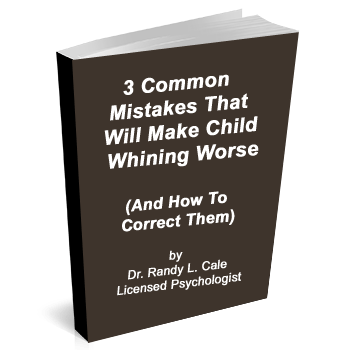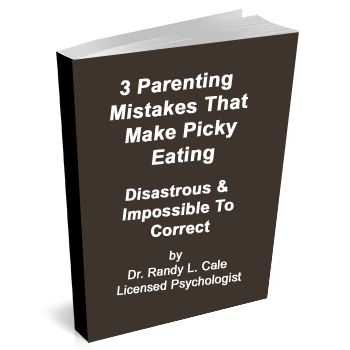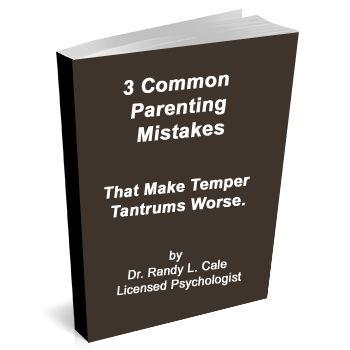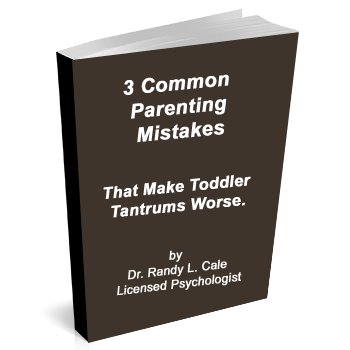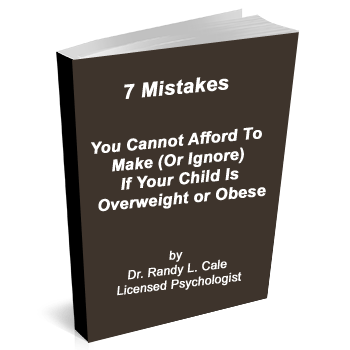How can you teach your children to handle money responsibly?
How do you make sure you don’t end up trying to buy good behavior?
What are the strategies that effective parents use to teach their kids about money?
What are the best approaches that you can use to teach your kids about saving their money?
Most of the following suggestions come from families that have developed a successful approach to dealing with money. The recommendations are simple but remarkably effective.
1. Don’t confuse allowance with payments for behavior.
It’s a mistake to pay children for completing their basic responsibilities around the house. If you use allowance as a tool to purchase behavior, you’re always going to be buying compliance. Your kids will never really learn the behavior; what you’re purchasing is the appearance of responsible behavior. Bought behavior doesn’t carry over into the future — it disappears when the money does.
Children’s allowance should not be contingent on any actions or behaviors on their part. Give them an allowance because you love them. There are other, more powerful ways to nurture and change behavior.
Key Concept:
- If you pay for good behavior…
- If you pay for compliance…
- If you pay for calm Dr’s appointments…
- If you pay for basic responsibilities…
- If you bribe for respect and patience…
…your kids will always own you and your pocketbook. So Don’t Do IT!
2. Commit to a reasonable allowance…because you love them!
Decide on a reasonable amount of spending money for your children, including money for treats that you might typically buy them. For example, if you usually buy popcorn for them when you’re getting gas, include that in their allowance. As they get older, include their lunch money and some extra spending money in their allowance.
Begin early to allow children to experience the consequences of good judgment and poor judgment in their use of money. The earlier you can do this, the better. Spending decisions are a daily part of most people’s lives. The sooner kids learn to take responsibility for these kinds of choices, the more skillfully they’ll handle their money.
3. Open a checking account for your child.
When your children first start learning how to add and subtract, consider opening a checking account for them. Instead of handing them cash, deposit their allowance in the account. When they want to buy something, they can write a check. If they want to have some spending money, you can take them to the bank to cash a check or use the ATM.
A checking account is a highly effective way to teach children to work within limits. Set aside time to help them balance their checkbook and discuss how they might spend their resources. They can also learn how to gain access to their account online.
4. Open a savings account for your child.
When your children are in second or third grade, open a savings account in their name. Sit down and show them “the miracle of compounding interest.” Show them how easy it will be, if they start saving when they’re young, to have abundant resources when they reach the middle stages of their life. As an incentive, tell them that you’ll match every dollar they put in their savings account. Show them the power of saving over the next 10, 20, 30, and even 40 years.
5. Eliminate impulse buying in your children’s presence.
When you model a willingness to buy impulsively, you’re teaching your children to do the same. If you want them to make purchases with forethought and consideration about the importance of the purchase, model this. Your kids are always learning, and you’re the primary teacher.
6. Read the book Rich Dad, Poor Dad: What the Rich Teach Their Kids About Money by Robert T. Kiyosaki.
This book—a sequel to Kiyosaki’s bestseller Rich Dad, Poor Dad is an excellent primer on the subject. Teaching children about money is essentially the same as teaching them about any other subject. However, many adults don’t have a good understanding of how to manage their resources, so they can’t teach their children. If you’re unsure in this area, I hope you’ll consider the recommendations above, and I encourage you to read Kiyosaki’s excellent books.








